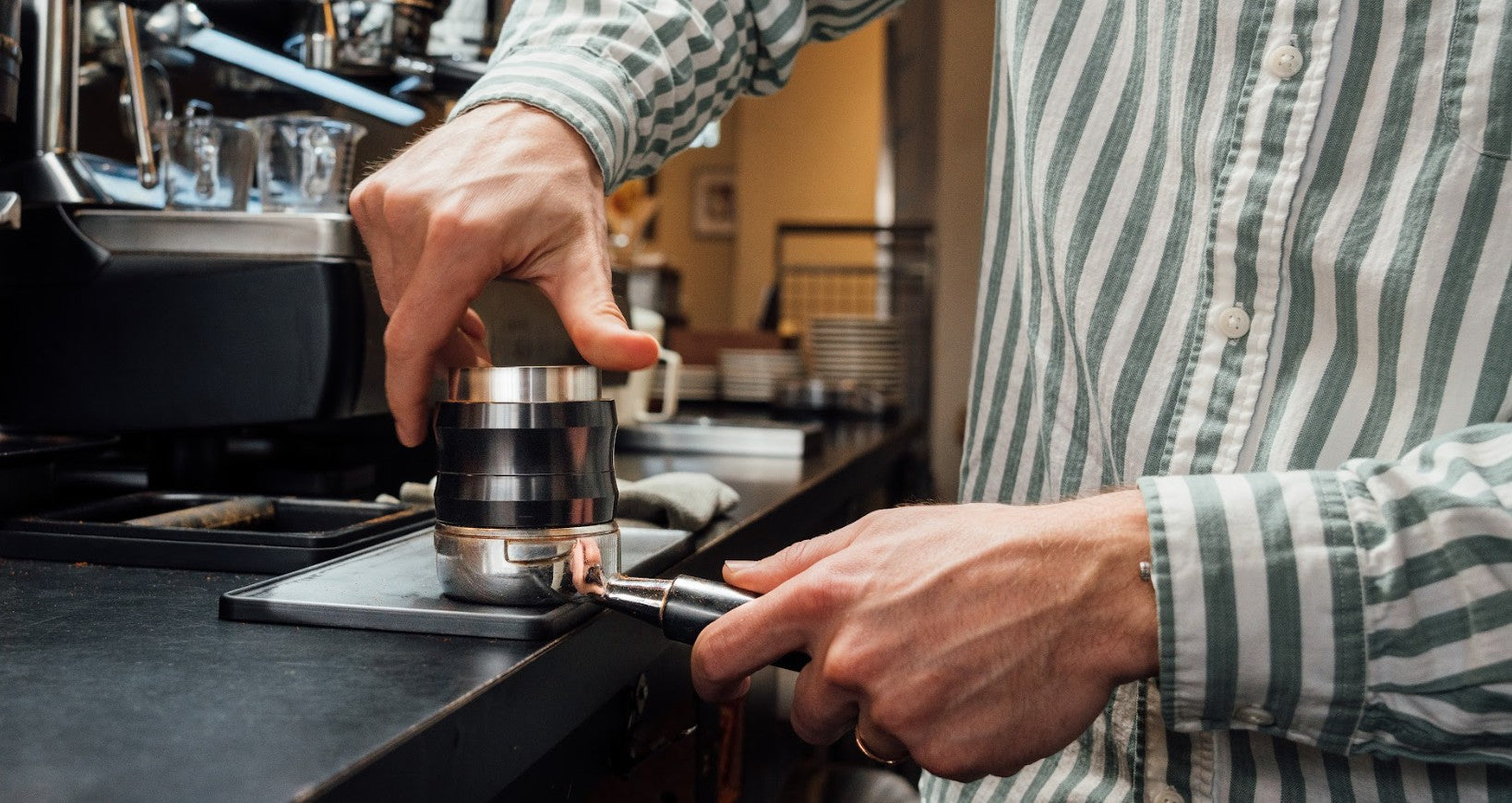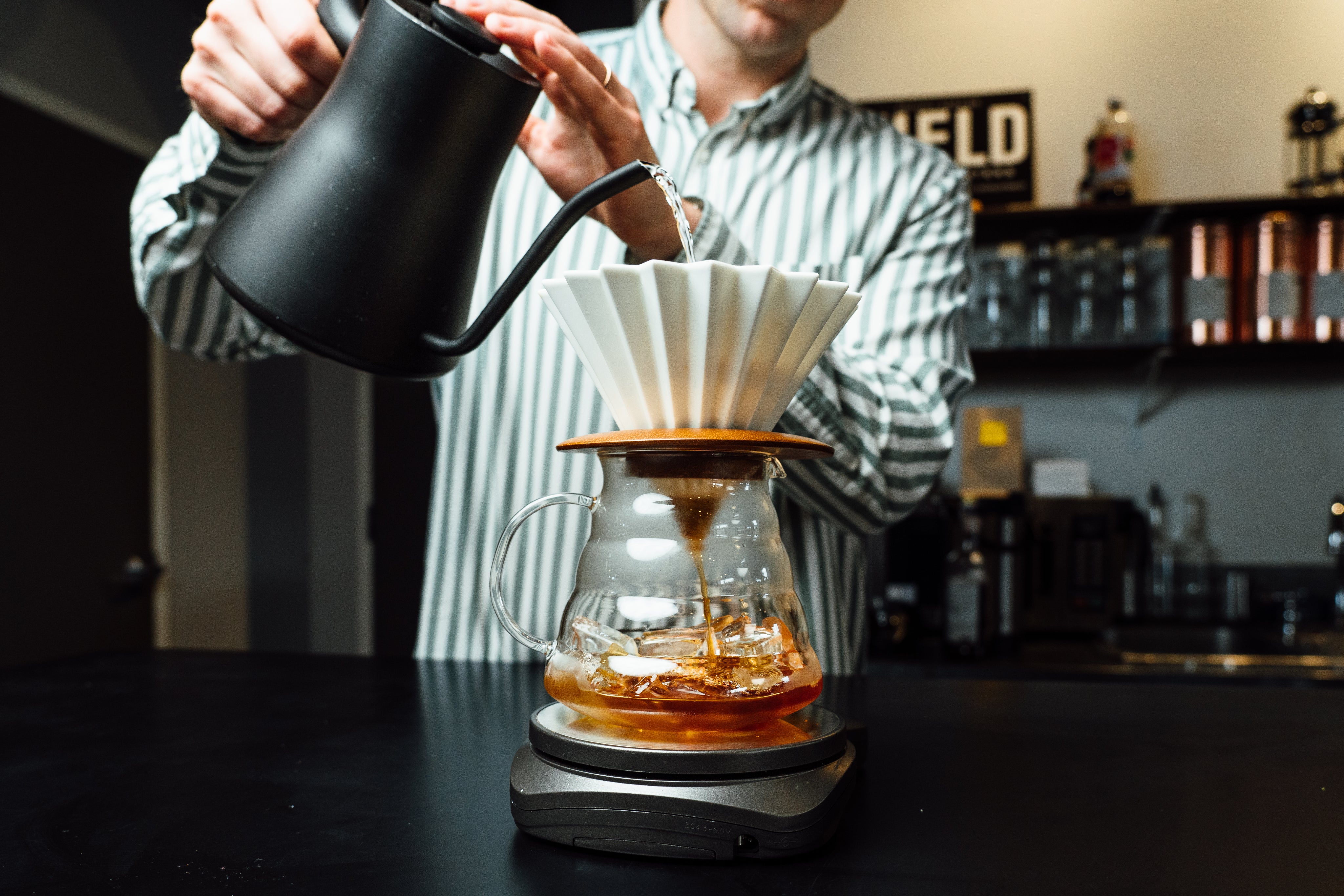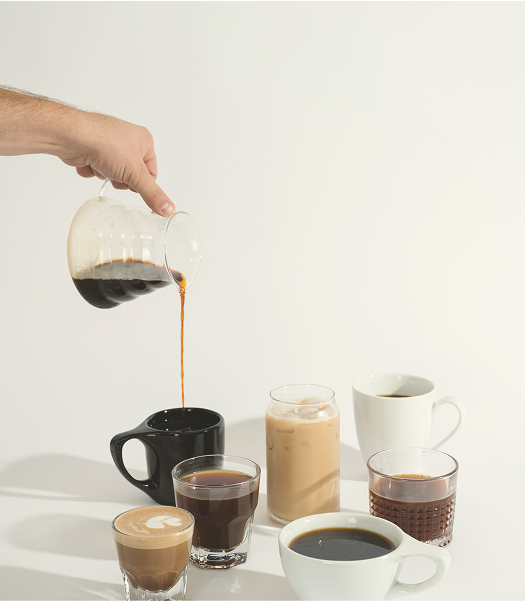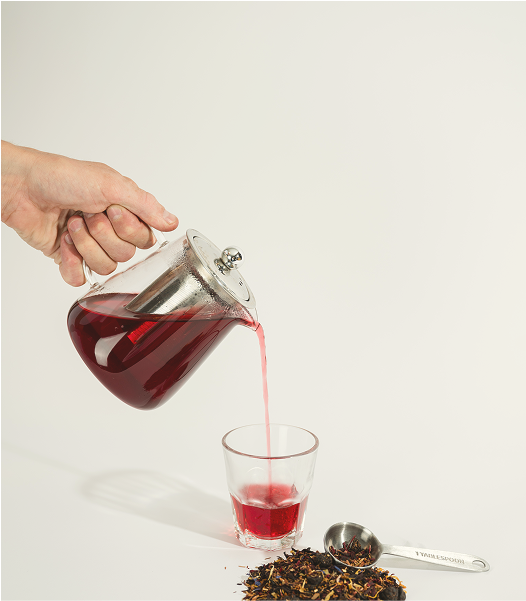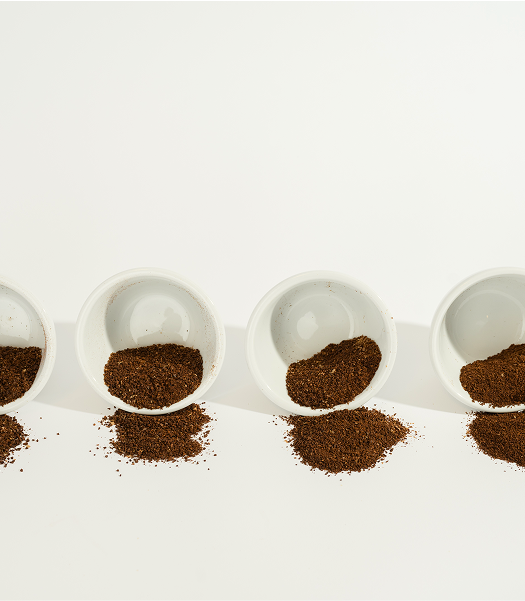Free Shipping on Orders Over $50
How to Grind Coffee: The Complete Guide to Perfect Coffee Grinding
Master how to grind coffee with expert techniques from YIELD Coffee Roasters. Learn proper grinding methods for optimal extraction and exceptional coffee flavor.
Coffee grinding is the most critical step between opening a bag of expertly roasted beans and brewing an exceptional cup. The way you grind coffee directly impacts extraction, flavor development, and overall quality. Whether you're preparing YIELD’s carefully sourced beans at home or training staff for commercial service, understanding how to grind coffee properly transforms good coffee into extraordinary experiences.
We’ve seen firsthand how precise grinding showcases the complex flavors we develop through direct-trade relationships and meticulous roast development. For beans that reward precision, explore our coffee collection.
Why Coffee Grinding Technique Matters
Grinding breaks whole beans into smaller particles, increasing surface area and controlling how water extracts flavor. The objective is even extraction—equal contribution from every particle—so sweetness, acidity, and body are in balance.
- Surface area exposure: Grinding multiplies contact points between coffee and water.
- Extraction rate control: Grind size sets how quickly solubles dissolve.
- Flavor preservation: Fresh grinding retains volatile aromatics.
- Consistency: Uniform particle size prevents mixed under/over-extraction.
When you grind YIELD coffee correctly, you maximize the expression of origin character and roast intent—what we design into the cup.
Understanding Grind Size and Its Effects
Extra Fine (Espresso/Turkish)
- Powder-like; maximal surface area; fastest extraction.
- Best for high-pressure brewing (espresso) or Turkish coffee.
- Requires micro-adjustments; tiny changes swing flavor.
Fine (Pour-Over/AeroPress)
- Sand-like; high surface area for controlled extraction.
- Great for V60/Kalita/AeroPress with shorter contact times.
- Delivers clarity and brightness when dialed properly.
Medium (Drip Coffee)
- Table-salt texture; balanced surface area and flow.
- Forgiving for automatic brewers and longer pour-overs.
- Good first stop when learning to dial in.
Medium-Coarse (Chemex)
- Kosher-salt consistency; slower extraction through thick filters.
- Promotes cleanliness and transparency in larger brews.
Coarse (French Press/Cold Brew)
- Sea-salt/breadcrumb texture; slowest extraction.
- Ideal for immersion methods—reduces bitterness and fines in cup.
Types of Coffee Grinders
Burr Grinders (Recommended)
- Conical burrs: Consistent, cooler grinding; wide adjustability.
- Flat burrs: Hyper-consistent, pro-grade; precise calibration.
- Benefits: Uniform particles, less heat, repeatable settings.
Blade Grinders (Budget)
- Chops rather than cuts → uneven particles, heat build-up.
- Use pulse + shake; consider sifting if you must.
Manual Hand Grinders
- Excellent consistency, zero heat, travel-friendly and quiet.
- Effort/time required increases with dose; limited for high volume.
Unsure what fits your workflow? Connect with our team for grinder guidance and calibration tips.
Step-by-Step Coffee Grinding Process
Preparation
- Clean grinder: Remove residual oils/grounds.
- Set grind: Verify the setting for your brew method.
- Measure beans: Use a scale for dose accuracy.
- Freshness: Use coffee within 2–4 weeks of roast.
Technique
- Burr grinders: Select setting → add beans → grind evenly → transfer immediately.
- Blade grinders: Pulse in short bursts; shake between pulses; check particle size; let cool to avoid heat.
Timing
- Grind just before brewing; aromatics drop within minutes.
- Grind only what you need; avoid large pre-ground batches.
Grinding for Specific Brewing Methods
Espresso
- Extra fine, very consistent; adjust based on shot time and flow.
- Fresh grind is non-negotiable for proper extraction.
Pour-Over
- Fine → medium-fine depending on total brew time.
- Finer for shorter brews; coarser for longer brews.
French Press
- Coarse and uniform; minimize fines to reduce sludge/bitterness.
Cold Brew
- Very coarse for long contact times; consistency prevents over-extraction.
Keep a steady supply of fresh beans with our coffee subscription so you’re always dialing in with peak-fresh roasts.
Troubleshooting Common Grinding Problems
Inconsistent Particle Size
- Causes: Worn burrs, blade grinder limitations, poor technique.
- Fix: Service/replace burrs; upgrade equipment; improve method.
Coffee Tastes Bitter
- Causes: Grind too fine; heat during grinding; stale grounds.
- Fix: Coarsen grind; reduce heat; grind fresh and brew immediately.
Coffee Tastes Weak or Sour
- Causes: Grind too coarse; uneven particles; low dose.
- Fix: Finer grind; improve consistency; increase dose.
Equipment Problems
- Issues: Clogging, static, calibration drift, worn parts.
- Maintenance: Regular cleaning, anti-static measures, recalibration, timely part replacement.
Need a second set of eyes on your setup? Our wholesale program includes grinder spec, QA, and bar training.
Grinding for Commercial Coffee Service
Volume: Commercial grinders manage heat and throughput while maintaining consistency. Batching: Grind fresh in smaller intervals; minimize hold times. QA: Check grind and flavor each shift; standardize doses and targets.
Staff training: We teach operation, maintenance, QC, and troubleshooting for partners across Cincinnati. If you’re scaling a program, connect with our team for a grinding playbook tailored to your menu and volume.
Storage and Freshness After Grinding
- Best practice: use grounds within 30 minutes.
- Short-term only when necessary: airtight container, cool/dark place, label date.
- Expect aroma loss and narrower extraction windows the longer grounds sit.
Advancing Your Grinding Skills
- Palate development: Taste side-by-side grind sizes; note extraction changes.
- Record keeping: Log grind settings by coffee and method.
- Upgrade path: Move from entry burr to pro-grade as volume and standards rise.
Elevating Your Coffee Service
Fresh grinding, quality beans, and disciplined technique form the foundation of exceptional coffee. To explore coffees that shine when ground and brewed well, browse our current coffees or talk cadence via our subscription. For programs, our wholesale partnership aligns beans, equipment, and training for measurable quality gains.
YIELD Coffee Roasters brings specialty coffee to Cincinnati through direct-trade relationships, expert roasting, and comprehensive brewing support.

